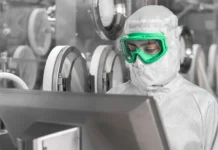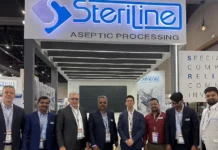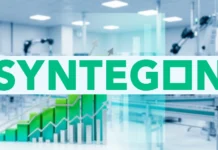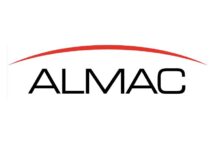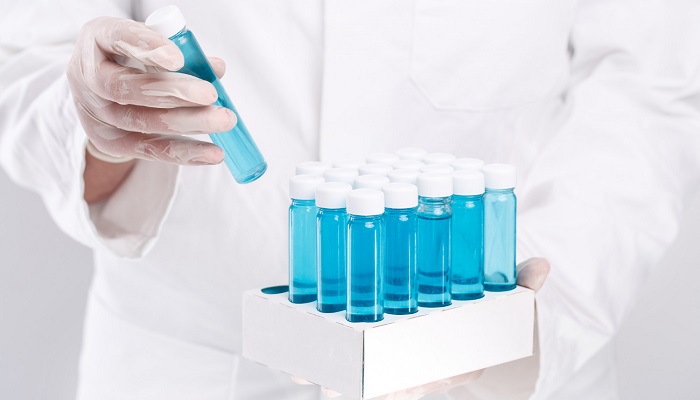Quick delivery of toxicological materials
According to Alejandro Fernandez Martell and James Berrie from Lonza, a bottleneck has developed in the supply of toxicological data to support INDs for novel therapies and, therefore, delivery of FIH studies, as a result of ever-faster schedules for establishing IND-ready procedures.
Protein drug development is now characterized by faster schedules, with new medications authorized in months as opposed to years. In an effort to accelerate medication development, drug developers have reinforced their partnerships with contract development & manufacturing organizations (CDMOs) in order to attain an ambitious schedule from DNA to investigational new drug (IND) application. The biopharmaceutical industry has determined that the new crucial road to IND preparedness is a fast supply of toxicology (Tox) materials.
For an IND to be submitted on time, Tox testing that enables an IND must be delivered quickly.
With the help of advanced technology, it is possible to make good manufacturing practices (GMP) products in record speed and achieve IND ready in ever shorter amounts of time. However, good laboratory practice (GLP) toxicological data must be developed, gathered, analyzed, and incorporated in the IND-enabling data package in order to construct an expedited IND application. Therefore, early availability of representative Drug Substance (DS) to carry out such toxicological tests may often avoid an earlier IND.
Drug development companies throughout the pharmaceutical industry report significant reductions in drug development timelines, with 10 to 12 months now considered the new standard between the identification of the lead monoclonal antibody (mAb) and the application of an IND. An important factor in reducing IND timelines has been the generation of tox materials earlier. According to our observations, achieving a quick supply of drug substance material to assist toxicity investigations is turning into a significant turning point for Phase I CMC clinical development.
The idea of using non-animal research to provide toxicological data has been considered relatively lately, and in December 2022, the Food and Drug Administration (FDA) released guidelines supporting this approach. Drug developers also have the option of using the idea of in-silico models as a stand-in for animal models to provide preliminary safety data. Tox DS material is still the recommended road to early Tox readout, but negotiating the relatively new regulatory environment makes this a difficult approach, and a more risk-averse option is often explored. In order to do this, a “pool for Tox” strategy—which entails expanding stable transfectant cell pools before choosing the lead cell line—is presented as a more realistic method. This makes it possible to supply representative Tox material more quickly, especially for common mAbs, which permits early toxicity research that may be funded by the IND.
Naturally, expanding the stable pool for the provision of toxicological materials is not a panacea and does not solve every problem. The situation is significantly more intricate. Drug developers, for instance, may run the risk of using a pilot-grade “pool for tox” approach for toxicology studies because they need to know how the properties of this material will likely differ from later GMP drug-substance material, which is made using the chosen lead clone and will be used in the first-in-human (FIH) studies. Fortunately, CDMOs and drug developer players are using in-house comparability data to confirm this method and optimize the route to IND without increasing development risks. They are doing this by applying past process and manufacturing experience and by utilizing process platform technologies.
Employing “pool for tox” is a dependable method that has proven effective for both FIH and toxicological investigations. As opposed to clonal material, non-clonal pool generated toxic material may actually be useful in assessing the material’s safety. Toxic material obtained from a pool of clones, for instance, may have a slightly higher relative amount of process impurities and a potentially broader profile of product quality attributes (such as high molecular weight species and glycan profile), which may mimic the worst-case scenario found in toxicology testing. With the right analytical techniques, assessments, and process knowledge, it is possible to prove the product comparability between the pool-for-tox method and the clonal GMP batch, even if these changes are often rather small or negligible.
Technological enablers: Accelerating while lowering risk
Reaching a faster supply of toxic materials necessitates striking a careful balance between danger and speed. Biopharmaceutical businesses must have access to substantial knowledge of the development process, as well as a well defined risk appetite and tolerance, in order to manage this balance. Effective cross-functional cooperation and dependable material creation with accelerated review procedures are also necessary.
A well-established expression platform approach may be used with a suitable scale-up plan, and using in-silico tools to de-risk development beforehand can speed up the supply of toxic materials while lowering the risks associated with chemistry, manufacturing, and controls (CMC).3. Similar to this, developing a suitable analytical plan is essential to expediting the production of Tox as it offers details on the qualities of a high-quality product and how they affect clinical outcomes. A product-specific activity assay must still be in place for testing and comparison with clinical material in the early stages of Tox material synthesis. Even though many other components depend on a company’s bioanalytical platform techniques, an analytical approach may become the rate-limiting step as the number of product-specific procedures rises with the rising complexity of the molecule in development.
Another prerequisite for an earlier supply of Tox material is its formulation. While early-stage and smaller biotech companies, which lack the wealth of in-house formulation data, may find it difficult to take a platform approach and base a formulation on similar molecules and stability data sets, these companies may find it difficult to take advantage of this strategy. In order to de-risk medication formulation, this method also calls for the early identification of molecular liabilities and rheological qualities, often employing research-grade material supply in combination with in-silico modeling. To assist the quick formulation strategy and subsequent comparison with the clinical supply, information on whether the selected formulation will be adequately stable would be necessary. Consequently, there would be less interest in attempting to defend a formulation shift between Tox and clinical supply.
Timelines for toxicological work are being accelerated, which implies that many development processes are completed concurrently and depend on earlier, concurrent stages to get the best results. In addition to providing the actual Tox batch, all of these actions place heavy material demands on the supply of pharmacological substances. In the past, this was a big problem since the pools’ titers were lower than those of the lead cell line that followed. Innovative technologies have made it possible to generate consistently and predictably high-yielding cell lines and to support the rapid stable pool generation process. One such technology is engineer transposase-based semi-targeted transgene integration, which integrates the genes of interest into highly active regions of the host genome.
To meet these demands, new developments in bioprocessing have emerged. For instance, improvements in feeds and media have optimized nutrient availability and decreased waste product buildup inside a culture, which has increased cell protein expression. To increase stability of gene expression and maximize productivity, new vector designs and synthetic promoters have been created. Parallel to this, tools for high-resolution analytical methods and scaled-down high-throughput screening (HTS) have been essential in quickly assessing a variety of conditions, such as formulations and purification chemistries, enabling better study design for the ideal selection of process parameters to advance into robustness testing and confirmation scale-up, all while minimizing sample requirements, cutting down on time, and saving money.
Future developments in biologics
Accelerated CMC durations combined with quick access to Tox materials will soon be normal procedure for complicated compounds like non-Fc molecules (non-Protein A binders) and bi-specific antibodies (bsAbs). At the moment, removing verification testing, reducing procedures, and streamlining comparison studies may all help to accelerate this process. But as the biopharmaceutical sector develops, digital biomanufacturing will play a bigger part in providing evidence-based procedures that help with in-silico process design and trial validation for medication development. Furthermore, real-time process management and monitoring, as well as eventual real-time release, will become increasingly important as the drive towards smart process analytical technology (PAT) intensifies. This will guarantee better goods at a slower pace and, therefore, lower cost.
In summary
Toxicological testing is becoming the bottleneck for many programs, therefore advances in vector design, cell line development and selection, HTS, and analytical testing are all helping to move the emphasis of quick timeframes to this area. In the battle for regulatory approval, it is probable that non-platform methods and more sophisticated protein therapies will be subject to similar issues in the future.
The technological advancements being discussed here are complemented by a gradually shifting regulatory landscape that is in line with speed to clinic. This includes the migration to non-animal Tox models that was previously mentioned, as well as the relatively recent release by the FDA of draft guidance for industry on their proposed Platform Technology Designation Program. This outlines a strategy that allows developers to request platform status for a particular technology, which they can then use to expedite medication development and shorten the review period.
The supply of Tox material will become a hot subject in the biopharma industry as new technologies accelerate the development of regulations, usher in an age of greater in-silico dependability, and harness artificial intelligence to find novel therapeutic targets.







